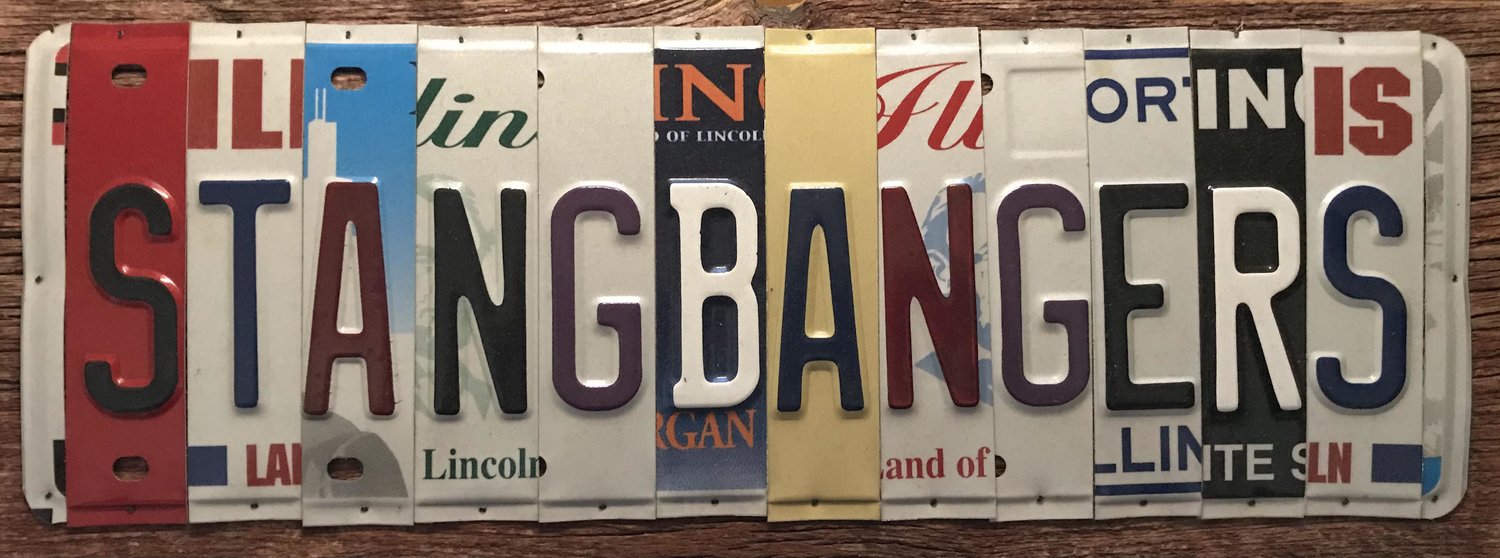What's The Difference Between a Sunroof and a Moonroof?
Welcome to the fascinating world of mildly open-top motoring.
This might be one of automotive culture’s most hard-fought battles, and it’s lasted a good, long while: Is it sunroof or moonroof?
Cadillac was the first to offer a solid metal roof on an automobile all the way back in the late-1920s with its “turret top” design. Not long after that, the Pytchley Sliding Roof was patented, which was a sliding roof mechanism covering that opened up the outside world to encased-in-metal occupants.
However, Ford coined the term moonroof in 1973 with the Lincoln Continental Mark IV. Since then, people have largely used that and the term sunroof pretty interchangeably, and now most people freely wield them around without knowing what actually separates the two.
Depending on who you ask, some folks even hold very aggressive opinions about which is the proper term. If they happen to berate you for your alleged misuse, over the internet or in person, promptly and politely inform them that they should go outside more. Maybe get some better hobbies.
Again, sunroof and moonroof are generally considered to be synonyms in this day and age. But if you’d like to know more about these terms’ origins, as well as what their actual difference is, do read on.
What is a sunroof?
This is actually on the easier side of automotive terminology to define. Fortunately, we haven’t dragged you into a discussion about what four-way adjustable coilovers are and how they’re used (though, we’ll gladly cover that in a future post).
Sunroof: a hard metal hatch opening, where Mother Nature’s light and outside oxygen cannot be enjoyed if closed.
What is a moonroof?
Moonroof: a glass version of the former, which enables occupants to at least see light through, whether tinted or not, when closed. If we go with these definitions, most modern cars actually have moonroofs because nearly all of them have a glass panel.
It’s really that simple, though there are some varieties of these that ought to be touched on.
(photo credit: Lincoln)




